This illustration shows how a rain shadow forms on the wind-protected side of a mountain.
Click on image for full size
Image part of the public domain
Rain Shadow
A rain shadow is a dry region of land on the side of a mountain range that is protected from winds. The protected side of a mountain range is also called the lee side or the down-wind side.
Winds carry air toward the mountain range. As the air rises up over a mountain range, the air cools, water vapor condenses, and clouds form. This side of the mountains is called the windward side, and it is where precipitation falls in the form of rain or snow. The windward side of a mountain range is moist and lush because of this precipitation.
Once the air passes over the mountain range, it moves down the other side, warms, and dries out. This dry air produces a rain shadow. Land in a rain shadow is very dry and receives much less precipitation and cloud cover than land on the windward side of the mountain range.
Rain shadow deserts can be found all over the world. Some rain shadow deserts in the United States include the dry land east of the Cascade Mountains in Washington and Oregon, and the Colorado Front Range east of the Rocky Mountains. Rain shadow deserts can be found in other areas of the world, including the Atacama Desert in Chile, which is in a rain shadow created by both the Andes Mountains and weather patterns over the Pacific Ocean.
You might also be interested in:

Wind is moving air. Warm air rises, and cool air comes in to take its place. This movement creates the winds around the globe. Winds move at different speeds and have different names based on their speed.
...more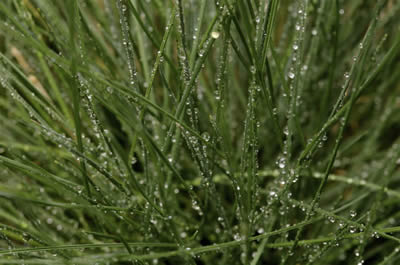
Condensation is when water changes its state from a vapor or gas to a liquid. Condensation is responsible for the formation of clouds. Common examples of condensation are: dew forming on grass in the early
...more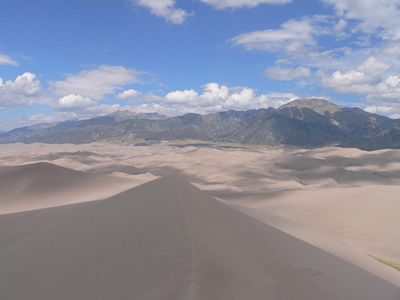
A cloud is composed of tiny water droplets or ice crystals. A series of things have to happen in order for these water droplets or ice crystals to form into clouds in the atmosphere, and different types
...more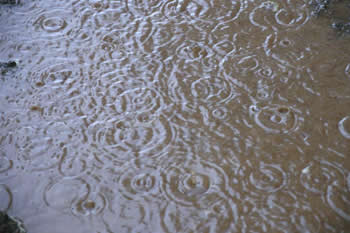
Raindrops form when tiny water droplets collide together in clouds to form bigger ones. When they get too heavy, rain falls out of the clouds. Rain is more than 5mm in diameter. The types of clouds that
...more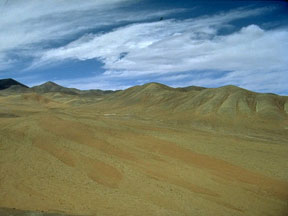
The Atacama Desert is one of the driest places on Earth. The Atacama is in the country of Chile in South America. In an average year, this desert gets less than 1 millimeter (0.04 inch) of rain! It is
...more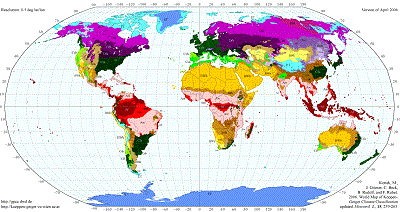
The average temperature, precipitation, and winds at a location determine its regional climate. These average weather conditions are determined by factors including the latitude and altitude of the region,
...more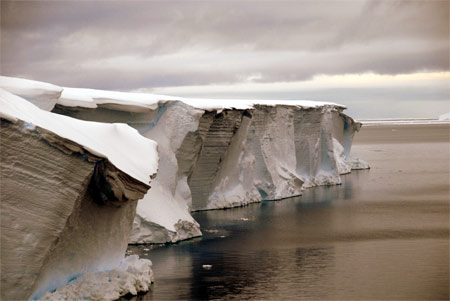
Looking for online content that can be used for a climate change education course or module? Pages linked below can be used to support an introductory climate change education for either a unit or a full
...more















